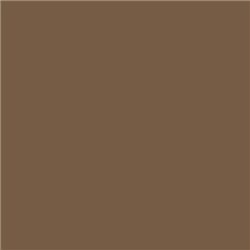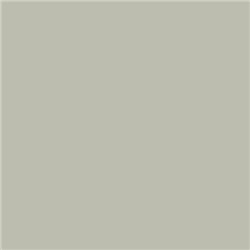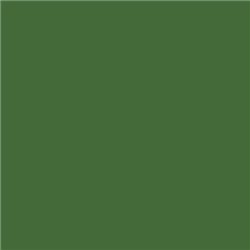Static grass puffer bottles work by manually charging model grass fibres with static electricity. When the charged...
No products
Product successfully added to your shopping cart
There are 0 items in your cart. There is 1 item in your cart.
Search Tips
What advantages do aerosol-based paints and sprays have when compared to airbrush and brush applied alternatives?
When it comes to painting model railways, aerosol-based paints and sprays have several advantages over airbrush and brush-applied alternatives.
Firstly, aerosol-based paints and sprays are generally easier to apply than airbrushes or brushes. They can cover large areas quickly and evenly, without the need for detailed brushwork or a steady hand.
Secondly, aerosol-based paints and sprays can be used to create a smooth, even finish that is difficult to achieve with a brush. They can also be used to apply multiple thin coats, which can result in a more professional-looking finish.
Another advantage of aerosol-based paints and sprays is that they are often available in a wide range of colours and finishes. This makes it easier to find the perfect shade or effect for a particular subject.
Finally, aerosol-based paints and sprays are often more convenient to use than airbrushes or brushes. They require less setup time and are generally less messy to use. This can make them a great choice for beginners or for those who want to paint their model railway quickly and easily.
Overall, aerosol-based paints and sprays offer several advantages over airbrushes and brushes when it comes to painting models, including ease of use, even coverage and a wide range of colours and finishes.
Click here to receive the tips weekly in your mailbox. You can unsubscribe at any time.










